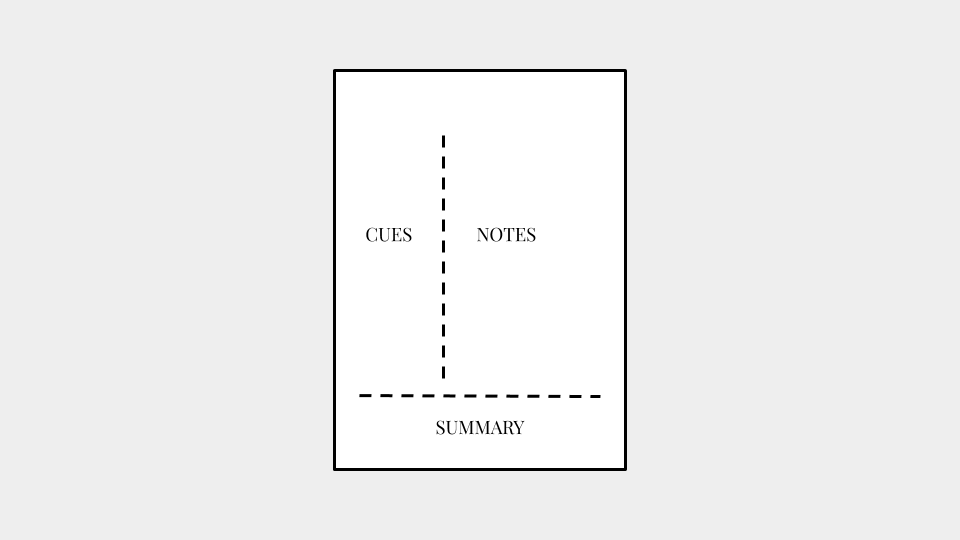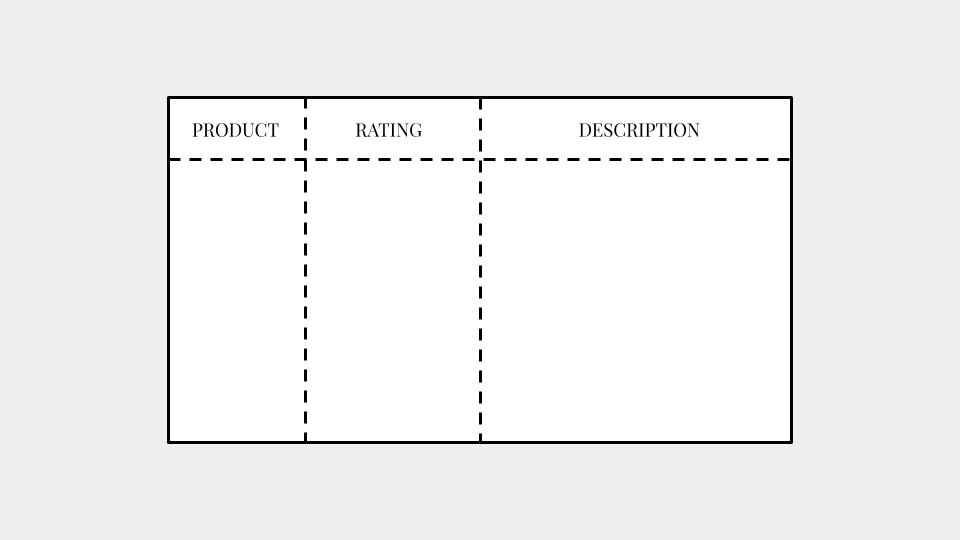While note-taking feels natural to students, this is something many people stop doing once they start working, either as an employee or for themselves. We may bookmark something to read it later, but the active process of taking notes when consuming content is not a common habit.
“It doesn’t matter how you record your notes, as long as you do.”
Bill Gates.
While I may not 100% agree with Gates here—some note-taking systems do seem to work better than others—science shows that note-taking itself has many benefits. Let’s have a quick look at what these are.
- Better learning. According to research, note-taking allows you to better remember the stuff you read. This is because the effort required to take notes helps form new pathways in the brain and encode the information in a way that stores it better in your long-term memory. This does not happen as effectively when passively taking information in.
- Quantity over quality. As with creativity, quantity is more important than quality when it comes to note-taking. Evidence shows that the more notes you take, the more information you tend to remember later. So don’t try to keep it short—be generous in the way you take notes.
- Get visual. When taking notes, go beyond simple words. Research shows that, compared with writing alone, adding sketches to your notes has a great impact on learning. These drawings could represent concepts, relationships, or terms you want to remember better. This is called The Drawing Effect.
- Hand-written notes are better. If you can, try hand-written notes. Studies have found that taking notes by hand is better for learning and memory than taking notes on a computer.
Classic note-taking systems
Everyone has a slightly different way to take notes, but for those who don’t already have a framework, there are various tested and proven note-taking techniques you can try to make your notes more effective.

The Cornell Method. This note-taking system was created by in the 1940s by Walter Pauk, a professor at Cornell University. You need to divide a piece of paper into three sections: notes, cues, and summary. Take notes in the main area, and add cues such as key points and action items in the left-side column. After your meeting, class, event, or when you are done watching a video or reading a blog post, take a few minutes to summarise everything at the bottom of the page. I personally like using this particular note-taking system when sitting in a lecture or at a conference with pen and paper.

The Mind Map. The concept of mapping information in a visual way using branching traces back centuries. This note-taking method is great for visual learners and can help maximise your active learning by actively forming connections between concepts. Write the central topic or start of a conversation in the middle, then draw nodes around this topic with related ideas. And if you want to take mind mapping to the next level, give Roam Research a try. It’s mind mapping on steroids.

The Charting Method. I personally find this one not flexible enough for most of the content I consume, but it can be powerful for topics that can be broken into categories, such as similarities and differences, dates, events, etc. Each row is used to describe an element of the idea you are studying, and each column lets you detail aspects of the corresponding element. As you can see, it only works with very specific types of structured data.
These are the more traditional note-taking methods. Another one I personally find particularly useful to turn my information input (consumption) into creative output (creation) is the Zettelkasten method. Despite the complicated name, it’s actually pretty simple, and allows you to avoid the common pitfall of taking lots of notes without ever interacting with them ever again. The book How to Take Smart Notes offers a great introduction to this note-taking system.
I hope you find these useful and start taking notes more often. It’s a very effective way to be more productive and more creative by ensuring the information you consume gets stored in your long-term memory and is easily retrievable any time you want to create original content.
